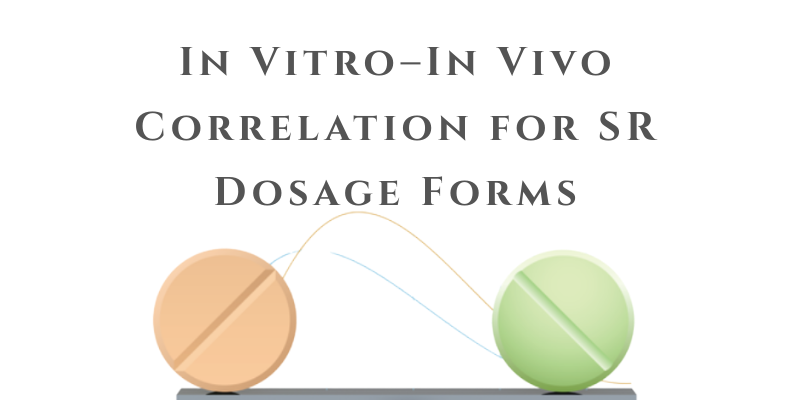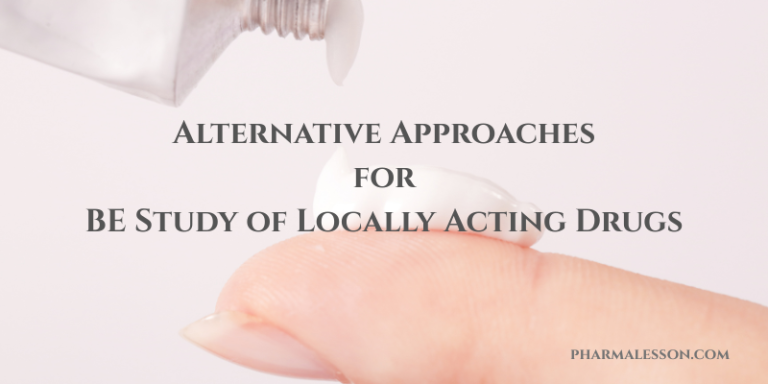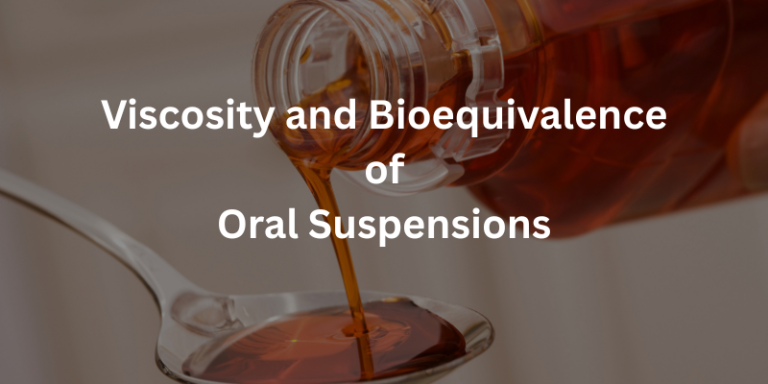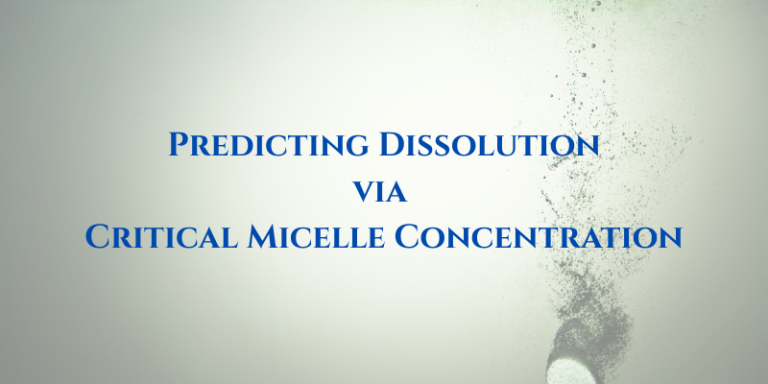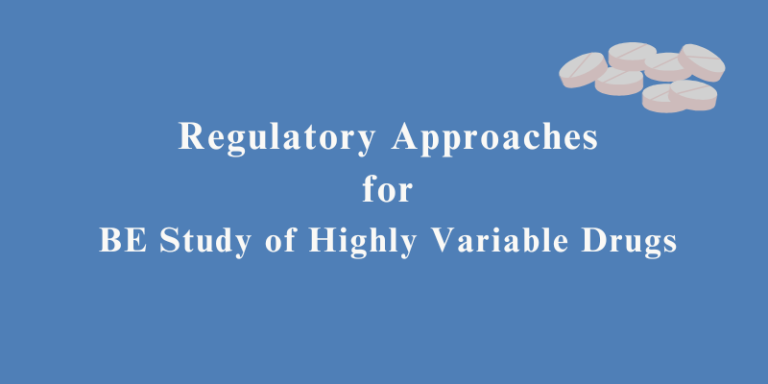In Vitro–In Vivo Correlation (IVIVC) for SR Dosage Forms
What is IVIVC?
- IVIVC is a mathematical relationship that links in vitro drug release with in vivo drug absorption.
- It helps predict how the drug behaves in the body based on its in vitro performance.
BCS and IVIVC Feasibility
- Class I (High solubility, High permeability): Good IVIVC potential.
- Class II (Low solubility, High permeability): Best suited for IVIVC as dissolution is rate-limiting.
- Class III (High solubility, Low permeability): Challenging due to permeability-limited absorption.
- Class IV (Low solubility, Low permeability): Least suitable for IVIVC.
Types of IVIVC
- Level A: Point-to-point correlation between in vitro dissolution and in vivo absorption. Most robust and preferred for regulatory use.
- Level B: Statistical moment analysis comparing mean dissolution time with mean residence time. Less predictive.
- Level C: Single-point correlation, e.g., % drug dissolved at 4h vs Cmax. Limited utility.
- Multiple Level C: Correlation using several in vitro time points with multiple in vivo parameters. More useful than Level C, but not as powerful as Level A.
Steps to Develop Level A IVIVC for SR Products
- Develop multiple SR formulations with varying release rates (fast, medium, slow).
- Conduct in vitro dissolution testing using relevant media and apparatus (e.g., USP II paddle, USP IV flow-through).
- Perform in vivo pharmacokinetic (PK) studies in animals or humans.
- Apply deconvolution methods (e.g., Wagner–Nelson, Loo–Riegelman) to derive in vivo absorption profiles.
- Fit a model (e.g., Weibull, first-order) correlating in vitro and in vivo data.
- Validate the model using internal and external predictability (% prediction error).
Regulatory Validation Criteria
- % prediction error for AUC and Cmax should be:
- Mean %PE ≤ 10%
- Individual %PE ≤ 15%
If met, the IVIVC model can support biowaivers and post-approval changes without further clinical studies.
Best Practices for Dissolution Testing in SR IVIVC
- Use media that simulate physiological conditions (e.g., pH 1.2, 4.5, 6.8 or FaSSIF/FeSSIF).
- Employ appropriate apparatus like USP I (basket), USP II (paddle), or USP IV (flow-through cell).
- Ensure sink conditions and discriminatory power between formulations.
- Aim for a dissolution profile where ≥80% drug is released over 12–24 hours.
Applications of IVIVC in SR Development
- Reduces the number of in vivo BE studies during development.
- Supports SUPAC (scale-up and post-approval changes) filings with regulatory agencies.
- Helps in setting clinically relevant dissolution specifications.
- Mitigates risk of bioequivalence failure during formulation changes.
Common Challenges in SR IVIVC
- Variable GI transit time may affect predictability.
- Complex absorption patterns (e.g., multiple peaks or site-specific absorption).
- pH-dependent solubility or permeability can complicate modeling.
- Some APIs may need special media with surfactants due to poor solubility.
Read also:
- In Vitro Strategies to Ensure Bioequivalence of Sustained-Release (SR) Formulations
- Key Considerations for Generic Formulation Development
Resource Person: Moinuddin Syed. Ph.D, PMP®

